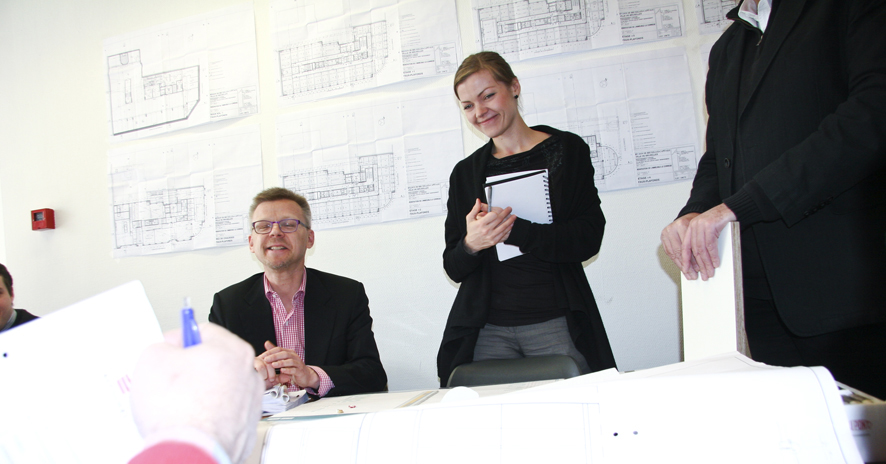The Skaftkärr project focused on increasing energy efficiency through land use planning. Extensive reports were prepared for this purpose, and sensitivity analyses were used to determine the importance of various factors. By exaggerating some of those factors – for example, only building passive houses or placing all jobs in Helsinki or Porvoo – the analyses were able to identify those areas which had the greatest impact on energy use and the creation of a carbon footprint through building and living.
The results of the Skaftkärr project were significant: land use planning has a substantial effect on the energy efficiency of residential areas and living. In Finland, this would mean annual cost savings of EUR 170–240 million in infrastructure construction. For residents, land use planning based on the Skaftkärr model would produce annual fuel cost savings of EUR 80–110 million. Greenhouse gas emissions would decrease by 0.1–0.2 Mt CO2e per year.
The project was a profound process that offered insights and broadened horizons. It also posed a good question: who are new residential areas and homes designed for? The idea of the ‘average family’ – two adults, two children and two cars – no longer applies to the majority of present and future residents, as the average household now consists of just two people. This allowed us to design more diverse apartments and more densely-built areas, which increased energy efficiency in land use planning. More densely-built areas reduce distances for traffic and are less expensive for both local authorities and residents. The goal of 6,000 residents can now be met by using only part of the area, which saves land for future construction.
Another major outcome was that the significance of land use planning became more evident: land use planning is integral to the design and construction of new areas. However, a successful end result is reliant on the entire chain, from general strategies to construction planning to building to living. Good land use planning requires collaboration, which enables everyone to commit to common goals. This applies to energy efficiency and other key goals as well as the image of the city, the quality of the environment and the functionality of traffic and other solutions.
Commitment is increasingly important in the land use planning process. Decision-makers need information to be able to make good decisions. It is easy to commit to goals on a general level. Sufficiently thorough and accurate information facilitates energy-efficient land use planning decisions, such as new types of traffic arrangements and the use of renewable energy. In Porvoo, most decision-makers stood by the policy decisions they had approved earlier, and the first local plan in Skaftkärr was approved for the Toukovuori area. It will be interesting to see to what extent the goals and estimates will be realised in practice and how they will be reflected in the residents’ everyday lives.
The Skaftkärr project brought energy efficiency to land use planning. It is a new aspect that will not replace or eliminate any existing factors. Based on experience, however, this new value factor in land use planning is here to stay.
